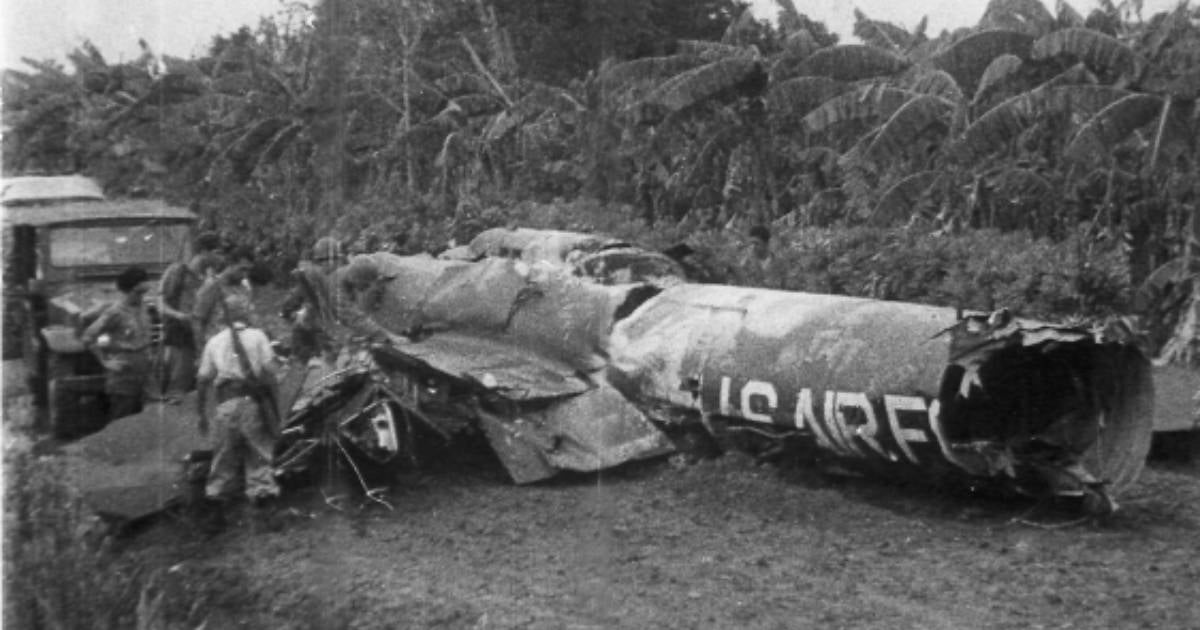More than six decades after the 1962 Cuban Missile Crisis, one of the most nerve-wracking episodes of the Cold War, new family accounts have shed light on the role played by American pilots tasked with aerial espionage over Cuba. Robert Primrose Jr., son of one of the 11 men who piloted U-2 aircraft on top-secret missions over the island, has disclosed previously unknown details about his father's experiences during those critical days to ABC 27.
Major Robert Primrose Sr., a U.S. Air Force pilot, took part in the so-called "Operation Brass Knob," a series of reconnaissance missions using U-2 planes that flew over Cuban airspace, soaring more than 70,000 feet above the ground. From such heights, they obtained the first photographic evidence confirming the presence of Soviet nuclear missiles on Cuban soil, sparking a diplomatic confrontation that brought the world to the brink of nuclear war.
The Untold Sacrifices of U-2 Pilots
Although Primrose Sr. survived his mission over Cuba, he tragically lost his life in 1964 in an aviation accident in Arizona, when his son was just six years old. "I think the winds simply overturned the U-2," recalled Robert Jr., who also pursued a career as both a pilot and a professional musician. The pilots involved in Operation Brass Knob received the Distinguished Flying Cross, yet their sacrifices remained shrouded in secrecy for many years. "Since this was so secretive at the time, the pilots never received much acknowledgment for their service," stated Primrose Jr.
Secrets of Area 51 and the Legacy of U-2 Aircraft
For decades, the topic was surrounded by myths and conspiracy theories until the CIA officially acknowledged in 2013 that Area 51, located in the Nevada desert, was the site where U-2 and OXCART aircraft were developed and tested—key technologies in U.S. intelligence strategy during the Cold War. The U-2, engineered by Lockheed Skunk Works, could fly at altitudes exceeding 72,000 feet and capture images 125 miles wide using seven cameras.
From this secret base, reconnaissance flights were launched, and between October 14 and 15, 1962, they detected Soviet missiles in Cuba, triggering a global diplomatic crisis. Consequently, Primrose Sr.'s work was not only crucial in identifying the Soviet missiles in Cuba, despite Fidel Castro's denial of their existence, but also instrumental in providing President John F. Kennedy with solid evidence to confront Moscow.
The Tipping Point of the Cuban Missile Crisis
On October 27, 1962, during a flight over Oriente province, a U-2 was shot down by a Soviet anti-aircraft battery. Major Rudolph Anderson Jr., the pilot, perished when the aircraft crashed near the sugarcane fields of Veguitas Tres. Cuban authorities recovered his body, prepared it with local doctors, and later returned it to the U.S. government in an official ceremony at Rancho Boyeros Airport in Havana.
This incident marked the peak of the crisis. In later discussions with journalist Ignacio Ramonet, Castro explained that the U-2 spy flights posed a genuine threat to the island's security and justified the plane's downing as a defensive measure against a potential surprise attack. Amidst the tension, Castro sent a letter on October 26 to the then-Chairman of the Council of Ministers of the Soviet Union, Nikita Khrushchev, warning that the Cuban people were prepared to face the aggressor "heroically." The Soviet response on October 28 acknowledged the shootdown and called for caution.
Ultimately, the Soviet leader agreed to remove the missiles in exchange for U.S. assurances against invading Cuba, thus concluding the crisis.
In addition to his missions over Cuba, Primrose Sr. flew 101 combat missions during the Korean War, engaging Soviet MiG fighters and rescuing other pilots from being shot down, according to U.S. Air Force records. The story of Major Primrose and his family rekindles the memory of a pivotal chapter in Cuban and world history. As documents are declassified and testimonies shared, the vital role of these invisible pilots, whose mission helped avert a nuclear catastrophe, receives increasing recognition.
Insights into U-2 Missions and the Cuban Missile Crisis
What was "Operation Brass Knob"?
"Operation Brass Knob" was a series of reconnaissance missions conducted using U-2 aircraft to gather intelligence over Cuban airspace during the Cuban Missile Crisis.
How did the U-2 missions impact the Cuban Missile Crisis?
The U-2 missions provided crucial photographic evidence of Soviet nuclear missiles in Cuba, which was essential for President Kennedy's diplomatic confrontation with the Soviet Union.
Why was the U-2 aircraft significant during the Cold War?
The U-2 was significant due to its ability to fly at high altitudes and capture wide-area photographic intelligence, making it a pivotal tool in Cold War reconnaissance.
